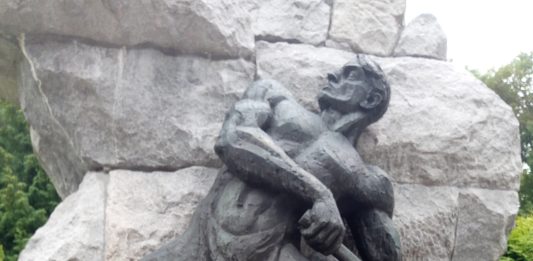Travel for Cause—Lviv Tourism Guide Part I
Agha Iqrar Haroon Unfortunate to say that you may not find detail tourism related information about the jewel of Eastern Europe (rather I consider charm of entire Europe) which is region of Lviv in western Ukraine. Lviv is also known as Lwów (among Polish writers), Lvov by Russians and Germans call it Lemberg. An … Continue reading Travel for Cause—Lviv Tourism Guide Part I
